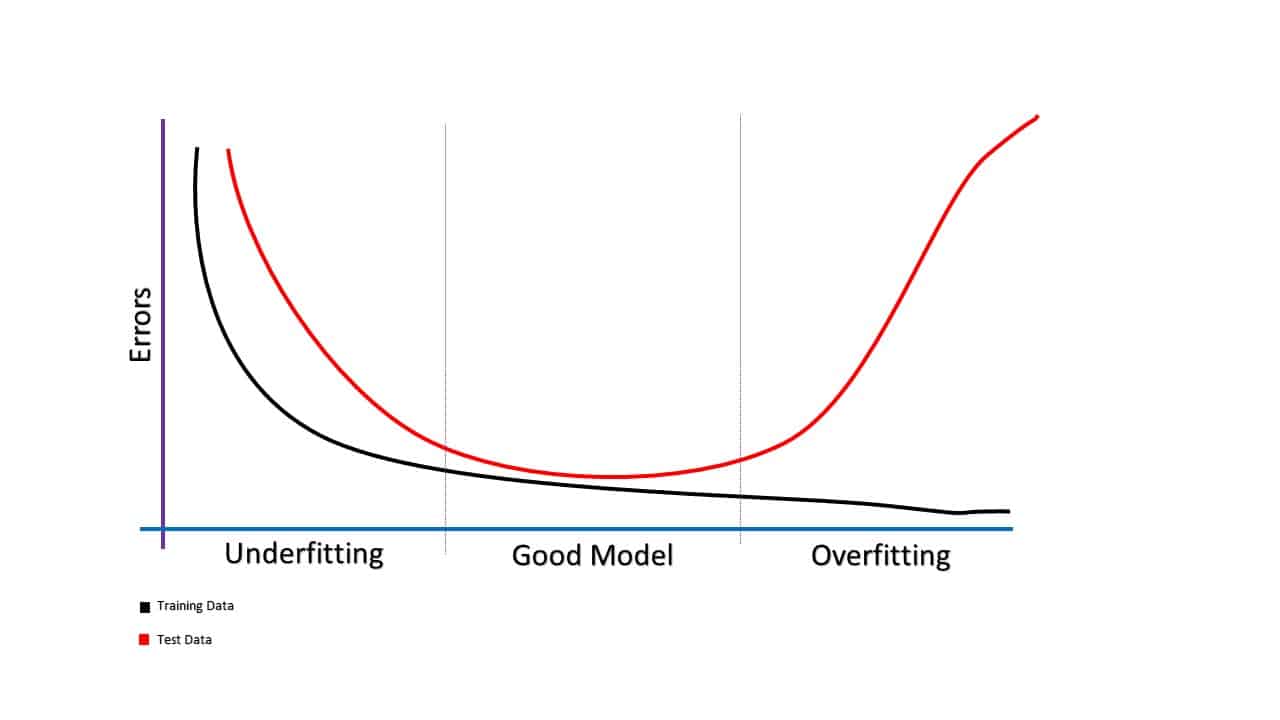Underfitting is a term used in machine learning and computer science to describe a model that is too simplistic to accurately reflect the underlying data. In machine learning, an underfit model is one that has insufficient predictive accuracy and is unable to accurately identify patterns in data.
Underfitting is a common problem in both supervised and unsupervised learning. In supervised learning, underfitting occurs when a model uses too few features to accurately predict based on the training data. The result is a model with poor predictive accuracy on both the training data and any new data. In contrast, the opposite problem, overexplaining, occurs when a model uses too many features to explain the data.
In unsupervised learning, underfitting occurs when a model is unable to identify the underlying structure of the data. This may happen when the model is too simple, has too few parameters or is unable to generate the necessary data points to properly fit the data.
Underfitting occurs as a result of too little data, too few features, too simple a model or too few parameters. It is important to prevent underfitting when building a predictive model, as it can result in poor prediction accuracy. The best way to prevent underfitting is to use a model that can accurately pick up patterns in the data and has enough features to make accurate predictions. This can be done by using more variables, more data points, additional layers in the model, or a more complex model architecture. Additionally, regularization techniques can also help reduce the effect of underfitting.






